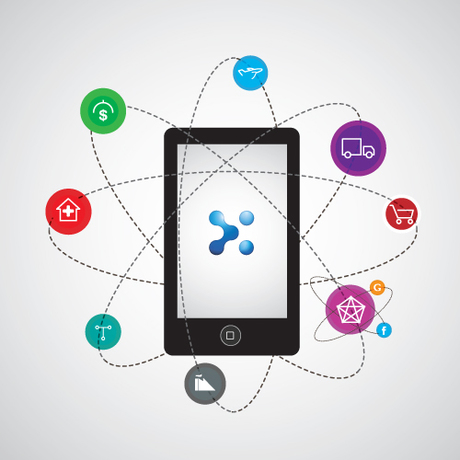Five tips for your mobility strategy

If you haven’t done it already, it’s a fair bet that you’ll be putting together a mobility strategy for your business sometime soon.
The challenge is that getting mobility right is a multidiscipline endeavour that requires the CIO to loosen the shackles of centralised control. It covers everything from application design and network architecture to hardware selection and asset management. Whereas the IT department of the past was driven by centralised control of systems, the new frontier of mobility is a far more open paradigm.
1. MDM is not a solution
There are dozens of companies selling mobile device management solutions in the market. And, for the most part, they are quite good. However, they aren’t a silver bullet solution to managing mobility and its close relative, BYOD.
MDM solutions are an interim solution. They enforce security, application deployment and other important functions but these are really mobile versions of the same command and control systems we’ve used for the last two decades to manage desktop and notebook computers.
There is a place in the mobility strategy of today for MDM solutions but we suspect that they are merely filling a gap until businesses re-architect their infrastructure, systems and processes over the coming years to accommodate mobility as the normal situation rather than as the special case it is today.
2. Software development needs to change
Most major enterprise software developers are rebuilding their applications so that they can be used on any device or platform. The same needs to happen with internally developed applications and be part of the selection criteria for new applications that come into the business.
Part of your solution may be to use VDI in order to deliver software to unsupported devices. This can be a viable alternative and some solutions, such as Citrix’s software, can dynamically alter the Windows UI to make it more touchscreen friendly.
You’ll also need your applications to be able to handle transient network connections. As users move from the office to carrier networks, home and back, the software will need to handle those changes. Software can no longer expect the network to just be there.
At the moment, HTML5 looks to be the horse to bet on in the development platform race. That might mean your strategy will need to include upskilling part of your workforce or making budget allowances for external developers.
3. Aim for invisible security
Although many people point to consumerisation as a key factor in the onward march of BYOD, we think that democratisation is probably a better term. In the past, access to the best technology required a substantial budget. Today, high-end hardware can be purchased easily by consumers, and business units have access to enterprise-grade applications (at least, in their view) for just a few dollars per month.
The trouble with all this is that security can be come very fragmented. Every new system requires a different username and password, there’s scant regard for data sovereignty issues and users hear the word “encryption” and think everything is safe without wondering who has access to the keys.
When you’re designing your enterprise mobility strategy, make sure you have security front and centre. The challenge is to implement and enforce robust security that doesn’t get in the way of users doing their work.
4. BYOD is here - get over it
Even if you don’t have a formal BYOD policy, chances are that the business is already doing it. If staff can access their email and calendar from their own smartphone, then you’re in the BYOD game.
We’re not going to argue about whether BYOD is a good or bad thing - we’re just saying that it’s a fact of life. You might aim for a BYOCD (bring your own certified device) policy but it amounts to the same thing - users bringing in their preferred hardware to work.
Your strategy needs to have some policies in place. Make it clear that users can BYOD but that there are responsibilities and obligations such as passcodes, on-device hardware encryption and notifying the business if the device is lost or stolen.
5. Sync vs access
When you look at the data that staff need to access when working remotely, you’ll need to do an audit to establish what they need to see and what they need to edit.
Once you’ve done that, you’ll need to establish what data can be safely synchronised to applications on their devices and what can be only accessed remotely but not copied to the hardware.
In this, it’s easy to focus on notebooks, tablets and smartphones, but don’t forget the most widely used mobile devices - USB memory sticks. Make sure that these and any other device that can carry data is covered in your policy.
IoT demands alternatives as 3G sunset looms
The impending 3G shutdown is a daunting prospect for organisations across ANZ that rely on...
Broadband measurement shows online gaming stacks up
The ACCC's latest Measuring Broadband Australia report has found that consumer connections to...
BlackBerry stopping one cyber attack per minute
A new report from BlackBerry's Threat Research and Intelligence team highlights the...







